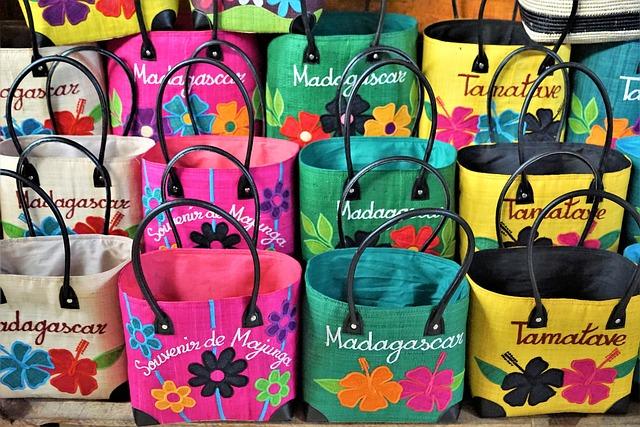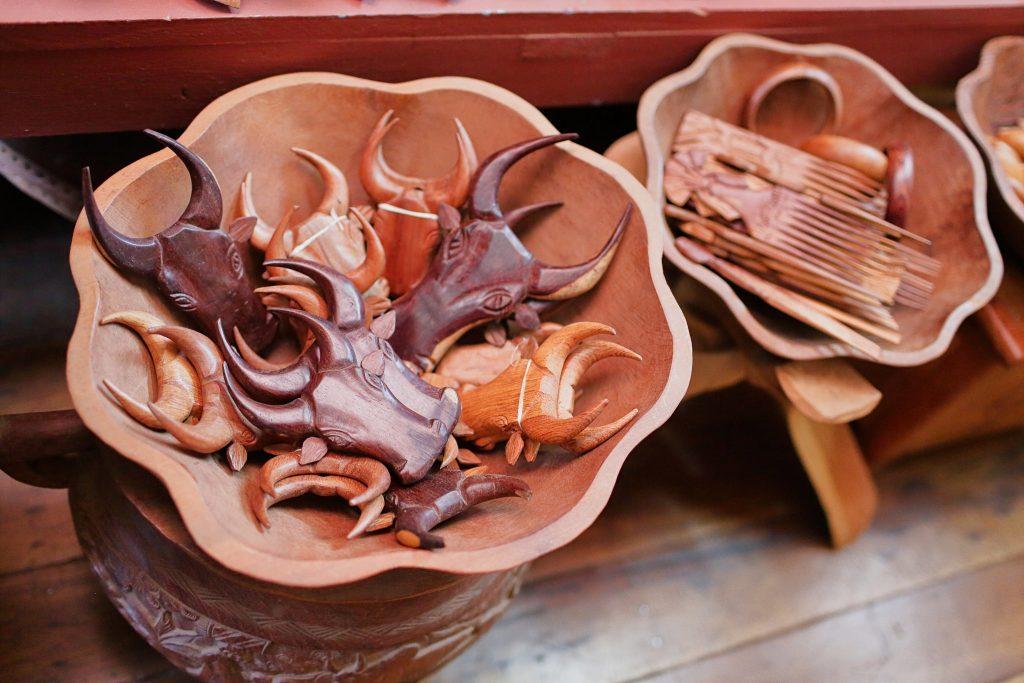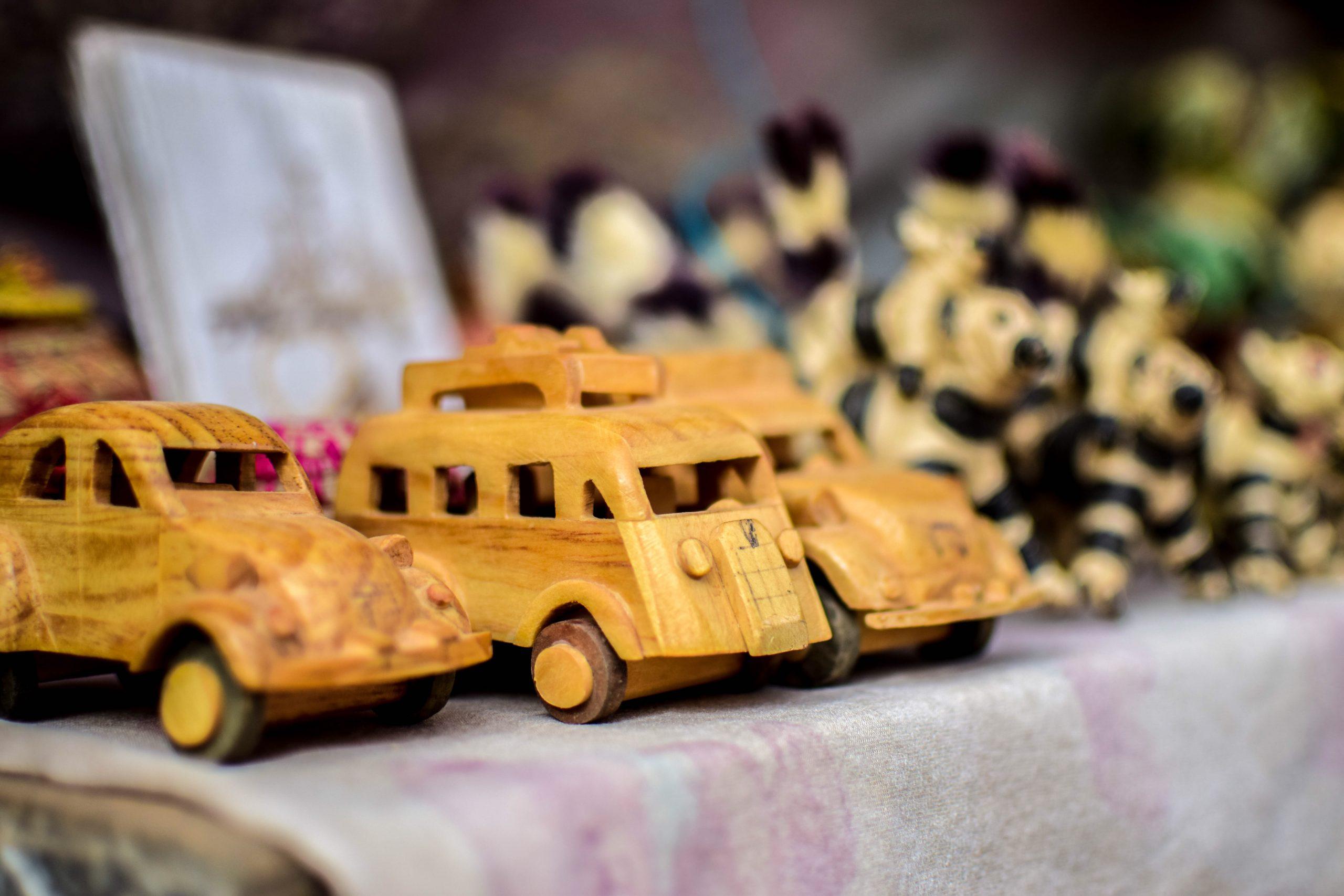Tourists in search of works of art, handicrafts of great value, art in its pure and natural state have put the big island at the top of their favorite destination. Madagascar is rich in art objects of incomparable historical value. This artisanal wealth is the fruit of a very expressive culture and tradition. Today, we are witnessing an evolution of Malagasy art. This last one became design and modern, in relief with the civilization, the globalization and also the digitalization. Let us go through the tumultuous ways of the evolution of this Malagasy art.
All about Malagasy crafts
The Malagasy people are resourceful people, who always try to shape nature to create an art object that can express an idea, convey a message, a historical heritage and an intellectual wealth.
Malagasy art touches several domains: pottery, leather goods, painting, sculpture… because the craftsmen of Madagascar can work horns, wood, animal skin…
Wood, which is part of the richness of Madagascar has always been present in Malagasy art. Thus, the craftsmen knew how to shape the rosewood, the wood of rose, ebony to make objects of art as ornament already at the time of king Andrianampoinimerina. Wood carving is one of the most difficult manual works because it requires patience, finesse while combining art, design and modernity. With wood, one is sure to have a decorative object, a reliable work of art, robust and which will be transmitted from generation to generation to preserve the evolution of art according to the times, but also to tell the history of a life.
What you can add to your tours
Handicrafts in Madagascar are made from local raw materials such as natural fibers especially raffia. Precious woods such as rosewood and rosewood are also widely used. Many craftsmen also exploit the horn of zebu to manufacture objects of art of great value.
Among the most appreciated works of art, there are the richelieu embroideries which are meticulous works that require finesse, time and perseverance.
During your stay in Madagascar, make some detours in the small workshops to appreciate the beauty of the Malagasy art. Thus, visit the market “COUM”, or the market of Andravohangy. You’ll find there real wonders like embroidery, basketry, silver jewelry, precious stones, leather articles….

The craft workshops Antsirabe or Ambatolampy
Art lovers visiting Madagascar should pass through the Vakinakaratra region. When you go south, stop for a moment in Ambatolampy to see the richness of Malagasy handicrafts, in particular the manufacture of cooking pots.
Located at 70 km south of Antananarivo, it’s in Ambatolampy that the aluminum foundries are located. Thus, there is that of Randrianantoanina, who is considered the initiator of the laterite casting technique in Madagascar. With his workers, they also invented the manufacture of bronze bells. Today, the workshop Alumada which is directed by the granddaughter of the initiator is already a big company which elaborates the best pots with a style and design adapted to each family standing.
Thus, we distinguish several kinds of pots made from aluminum cans in Ambatolampy, but other personalized art objects: statuettes, ashtrays, jewelry … It must be said that today in this city of Ambatolampy, we distinguish several small family factories that each have their own particularity, but which also transmits the knowledge from generation to generation.
In Ambatolampy, ….nothing is lost, everything is transformed….in a pot: cans, carpentry waste, bolts, pieces of aluminum. In one day, a worker can make up to fifty pots and pans.
The Zafimaniry villages
Zafimaniry, a very special people! They are 25 000 and live in the south-eastern part of Madagascar. They’re very skilled in the manufacture of wood. This people is distinguished by the construction of their village only with wood, without the slightest nail or metal fastener. Each plank, each beam was carved by hand without having to use any technology. They use several species of wood to build their habitat. Each wood is used for a specific construction. It’s worth mentioning that the Zafimaniry art is registered in the Unesco heritage.







